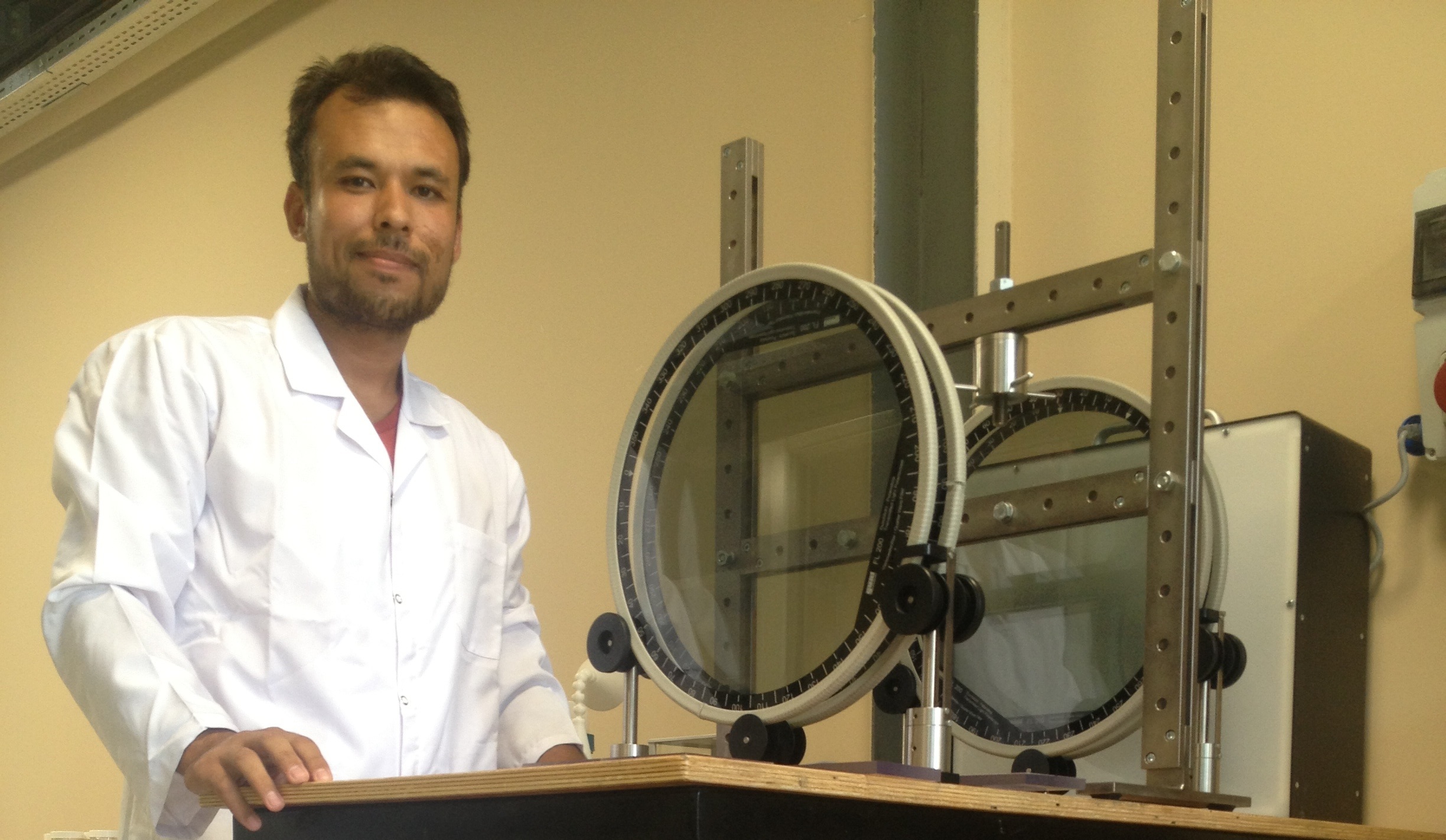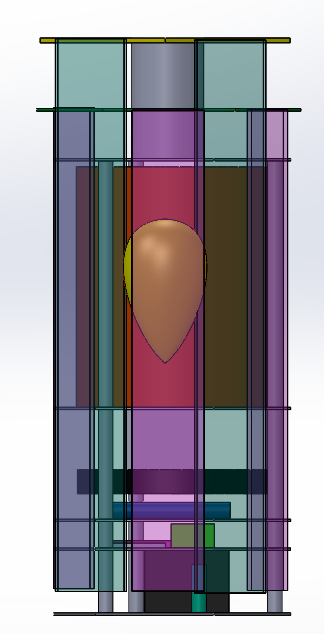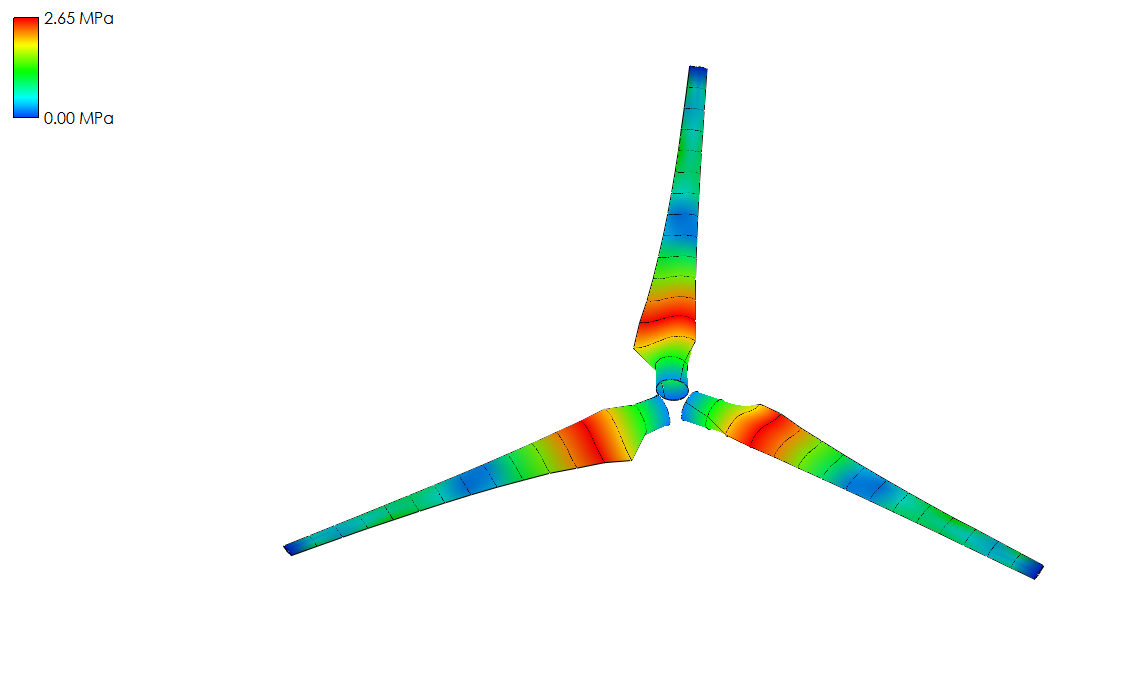My Projects This site lists some of my hobby/student projects
Taj Pegasus
Designer
Taj Pegasus is designed to address a growing need for a long range transport aircraft capable of swiftly picking up 20 ft. containers and transporting them to war zones. It has the smallest weight possible, it is low maintenance, environmentally friendly, inexpen-sive and aesthetically pleasing.
View ProjectExperimental Determination of the Stress Intensity Factor using Photoelasticity
Researcher
A lot of effort has been put into studying opening type cracks. An edge crack is tolerable given its progress can be assessed by means of fracture mechanics. In this paper various methods of experimental determination of mode I stress intensity factor in a single edge notch bending SEN(B) specimen using digital image correlation and photoelasticity are presented. The results of the experiments were compared to empirical data and their viability were assessed. Shortcomings in the methods are identified and ways of improving them are presented.
View ProjectDynamic Frictional Sliding Between two Homogenous Blocks
Researcher, METU Center for Wind Energy
Stick-slip motion between two homogeneous blocks under an initial loading is investigated. Modes of slip are observed and studied in detail. Crack tip velocities are measured and compared to experimental data previously obtained in different sources.
View ProjectMETUSAT 2016
Team Leader, Designer
Mission Objectives:
Simulate a sensor device travelling through a planetary atmosphere collecting atmospheric composition data during flight.
The glider shall survive the launch conditions and separate from the rocket.
The CanSat shall descend using a parachute and release the glider at 400 m altitude.
The glider shall fly in the flight envelope defined by the competition requirements.
The glider shall record atmospheric pressure, temperature and location data once per second and transmit them to the ground station.
Measure glider speed with a pitot tube and compare it to GPS data in the ground station.
Capture photos of the ground from the glider when a command is received and store them in the memory.
Accomplish both of the following bonus objectives:
1) The camera shall be able to rotate from starboard to nadir to port and capture a photo when a command is received from the ground station.
2) Send the captured photos to the ground station at a rate of 1 Hz using the same Xbee radio.
METUSAT 2015
Structural Design
Mission Objectives:
•General Objective: Simulate a Science Vehicle traveling through a planetary atmosphere sampling the atmospheric composition during descent.
•Protect the Science Vehicle in the Container during initial deployment from the rocket.
•Ensure safety of the fragile sample (the egg) at all phases of the mission.
•Ensure the descent of the Science Vehicle with auto-gyro method at the specified speed limit.
•Capture stable video of the ground during the descent.
•Collect and send telemetry data to a ground station at the required frequency.
•Process and represent the telemetry from CanSatin required format.
•Design, produce, integrate and test necessary mechanisms and electronics needed to accomplish mission objectives.
•Bonus Objective:Use a three-axis accelerometer to measure the stability and angle of descent of the payload during descent.
WTMA 3000
Designer. Co-Designer: Mehmet Aksay
A 3 bladed horizontal axis wind turbine with a rated power of 3 MW is designed. The design encompasses both aerodynamic and structural concerns. The design turbine is expected to op-erate in class III wind conditions. A scaled down model of the turbine is also designed for testing purposes.
View ProjectLow Bypass Turbofan Optimized for Next Generation Trainer
Team METU CORE (other team members: Mehmet Aksay, Zeynep Ilkay Bostanci, Suat Ciftci)
This engine is designed as per requirements of AIAA 2015/16 Undergraduate Team Engine Design Competition. The engine is to be used in a next generation trainer. The trainer aircraft under consideration is to replace the T-38 Talon that uses J85-GE-5A. The major bulk of the design was performed in Gasturb. Various analytical and numerical tools such as Computational Fluid Dynamics were used during component design. Turbomachines were designed with the help of AxStream to achieve more realistic and accurate solutions. 3D drawings of the engine components and the engine as a whole were then drafted in SolidWorks
View Project



